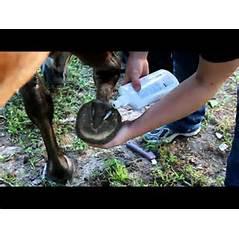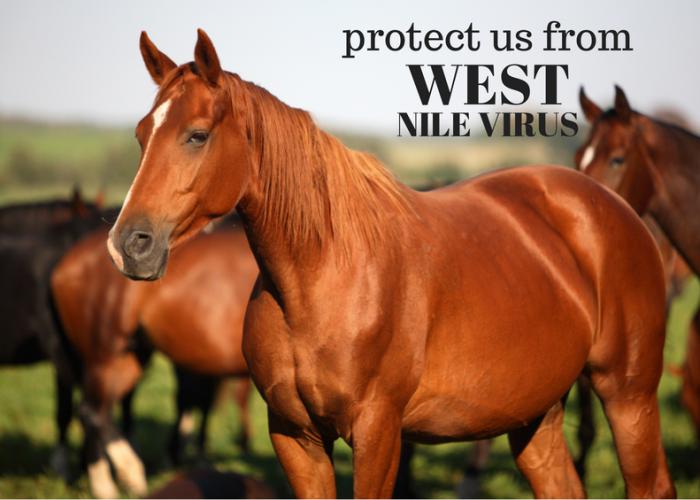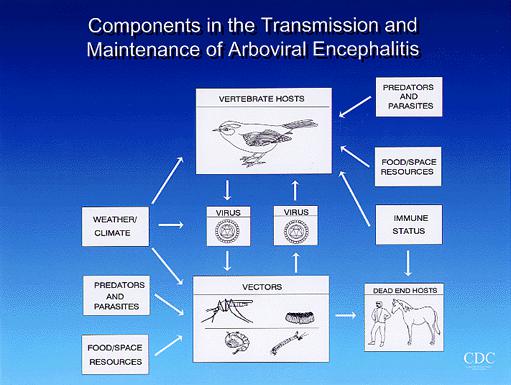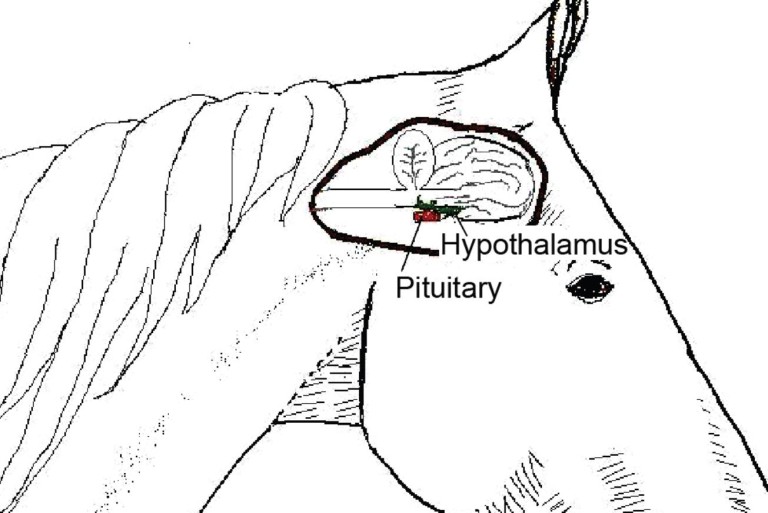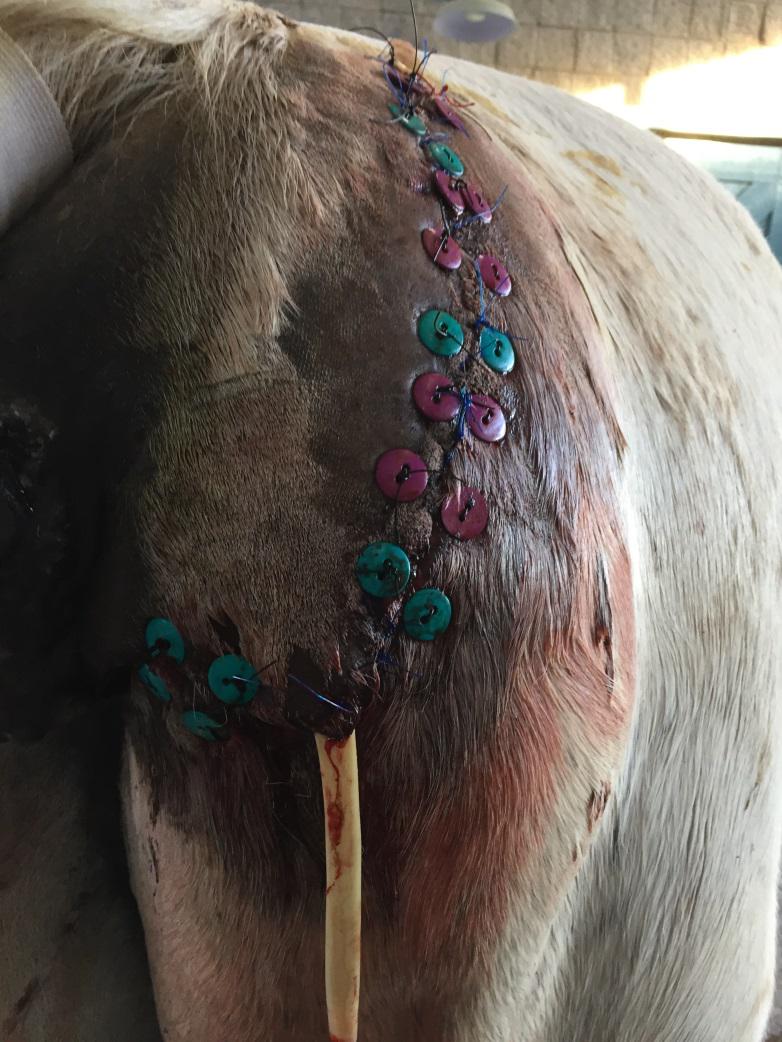29 Apr Probiotics, Prebiotics and Synbiotics – What is the difference?
Probiotics are live “good” microorganisms, such as bacteria and yeast. Classic examples of probiotics are the yeast Saccharomyces boulardii and bacteria in the Lactobacillus and Bifobacterium families (e.g., Lactobacillus acidophilus, which is found in some yogurts). In horse supplements, common probiotics include Enterococcus faecium, Lactobacillus...



